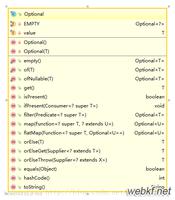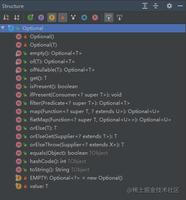Golang io.copy在请求正文中两次
我正在构建Blob存储系统,我选择了Go作为编程语言。我创建了一个流,以执行从客户端到Blob服务器的分段文件上传。
流工作正常,但我想从请求正文中进行sha1哈希处理。我需要io。复制身体两次。创建了sha1,但是多部分流之后0字节。
- 用于创建哈希
- 用于将身体分为多个部分
任何想法我该怎么做?
客户上传
func (c *Client) Upload(h *UploadHandle) (*PutResult, error) {body, bodySize, err := h.Read()
if err != nil {
return nil, err
}
// Creating a sha1 hash from the bytes of body
dropRef, err := drop.Sha1FromReader(body)
if err != nil {
return nil, err
}
bodyReader, bodyWriter := io.Pipe()
writer := multipart.NewWriter(bodyWriter)
errChan := make(chan error, 1)
go func() {
defer bodyWriter.Close()
part, err := writer.CreateFormFile(dropRef, dropRef)
if err != nil {
errChan <- err
return
}
if _, err := io.Copy(part, body); err != nil {
errChan <- err
return
}
if err = writer.Close(); err != nil {
errChan <- err
}
}()
req, err := http.NewRequest("POST", c.Server+"/drops/upload", bodyReader)
req.Header.Add("Content-Type", writer.FormDataContentType())
resp, err := c.Do(req)
if err != nil {
return nil, err
}
.....
}
sha1函数
func Sha1FromReader(src io.Reader) (string, error) {hash := sha1.New()
_, err := io.Copy(hash, src)
if err != nil {
return "", err
}
return hex.EncodeToString(hash.Sum(nil)), nil
}
上传句柄
func (h *UploadHandle) Read() (io.Reader, int64, error) {var b bytes.Buffer
hw := &Hasher{&b, sha1.New()}
n, err := io.Copy(hw, h.Contents)
if err != nil {
return nil, 0, err
}
return &b, n, nil
}
回答:
您不能直接执行此操作,但可以编写在io.Copy上执行哈希处理的包装器
// this works for either a reader or writer, // but if you use both in the same time the hash will be wrong.
type Hasher struct {
io.Writer
io.Reader
hash.Hash
Size uint64
}
func (h *Hasher) Write(p []byte) (n int, err error) {
n, err = h.Writer.Write(p)
h.Hash.Write(p)
h.Size += uint64(n)
return
}
func (h *Hasher) Read(p []byte) (n int, err error) {
n, err = h.Reader.Read(p)
h.Hash.Write(p[:n]) //on error n is gonna be 0 so this is still safe.
return
}
func (h *Hasher) Sum() string {
return hex.EncodeToString(h.Hash.Sum(nil))
}
func (h *UploadHandle) Read() (io.Reader, string, int64, error) {
var b bytes.Buffer
hashedReader := &Hasher{Reader: h.Contents, Hash: sha1.New()}
n, err := io.Copy(&b, hashedReader)
if err != nil {
return nil, "", 0, err
}
return &b, hashedReader.Sum(), n, nil
}
//由于我完全忘记了io.TeeReader存在,因此根据@Dustin的评论更新了版本。
func (h *UploadHandle) Read() (io.Reader, string, int64, error) { var b bytes.Buffer
hash := sha1.New()
n, err := io.Copy(&b, io.TeeReader(h.Contents, hash))
if err != nil {
return nil, "", 0, err
}
return &b, hex.EncodeToString(hash.Sum(nil)), n, nil
}
以上是 Golang io.copy在请求正文中两次 的全部内容, 来源链接: utcz.com/qa/418126.html





